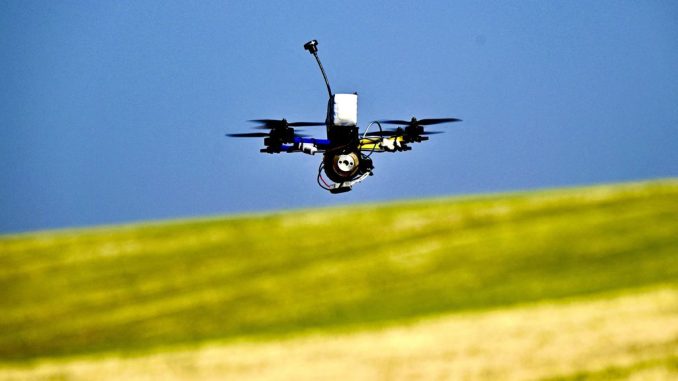
AI drones change battle in Ukraine: ‘No other choice’
During World War II, a kamikaze attack meant sacrificing both a fighter plane and a pilot. Nowadays, drones can carry out such attacks for a few hundred euros, while the driver remains at a safe distance.
In the war in Ukraine, AI drones controlled via artificial intelligence are now emerging, eliminating the need for even a remote driver. This brings many benefits, but experts also warn of risks.
Drones are indispensable at the front for both Ukraine and Russia. “At any time during the war, there are about 10,000 drones in the air. They are responsible for half of all hits,” says Ukrainian Timur Zima of DroneAid. His foundation supplies drones to Ukraine from the Netherlands.
These are often hobby drones that are equipped with explosives, which makes warfare considerably cheaper. Where a drone attack used to cost thousands of euros, it is now possible to take out a tank for a few hundred euros.
No need for a pilot anymore
Ordinary drones are no longer sufficient. In response to the increasing use of drones, countermeasures have become more sophisticated. Piloting drones requires a radio connection, but this connection is regularly disrupted by so-called jammers.
AI drones do not require a radio connection, and can therefore carry out their kamikaze attack independently.
AI can also contribute to greater accuracy. In normal drone attacks, the target is hit in an estimated half of the cases. AI-controlled drones could significantly increase that percentage, Timur says.
“It is currently being used in a few places, but my expectation is that within a year, almost all drones at the front will have AI,” says Zima.
Turtle recognized as a weapon
There are also concerns about the use of this technology. “The system must be able to distinguish civilians from soldiers. Is someone wearing a weapon or uniform? If such a system makes a mistake, the consequences are serious,” says Jonathan Kwik of the Asser Institute. He recently obtained his PhD on the subject of autonomous weapon systems.
According to Kwik, there is a good chance that a new way of warfare will emerge, in which the enemy misleads the opponent’s AI system. He points to a study in which scientists managed to print an invisible layer on a turtle’s shell, allowing the AI to recognize it as a turtle. weapon. “You can imagine that many creative forms of manipulation are possible here.”
The development also raises legal questions, says professor of military law Marten Zwanenburg. For example, who is responsible if the system makes a choice to attack a target? “Humanitarian law of war lags behind technological developments, and there are no specific rules for its use yet.”
There is a lot of discussion about the subject internationally. There will be rules eventually come, but according to Zwanenburg and Kwik this is a long process. Its use does not appear to be necessarily prohibited at this time.
Avalor AI is a Dutch startup that develops AI drones. “We started the company six months before the Russian invasion of Ukraine,” says founder Maurits Korthals Altes. He regularly travels to Ukraine. “First of all, we would like to help Ukraine. Our goal is to ensure that the soldiers can do their work as safely as possible.”
According to Korthals Altes, product development of defense equipment is often ‘hypothetical’. “The war in Ukraine offers companies the opportunity to validate whether their product works. In this way we help each other.”
Regarding the concerns about the use of AI drones, Korthals Altes says: “The main point is that the systems can fly autonomously, for example if the connection is lost. In terms of attacks, ‘last mile targeting’ is no different from what we already see with anti-tank weapons like the Javelin,” he says. “The human identifies the goal and then the machine can carry out the final steps independently.”
There is no time at the front in Ukraine to wait for a perfect system or regulations; developments are moving too fast for that, says Zima of DroneAid. “We are actually fighting against a mirror. Everything we introduce, Russia also has after two months, and vice versa. There is no other choice.”

Be the first to comment